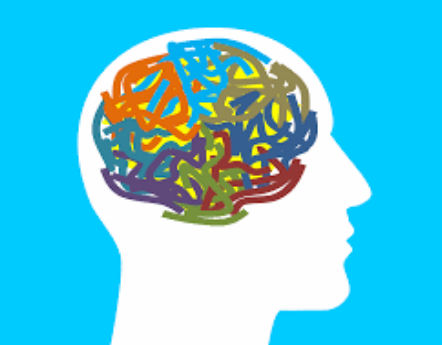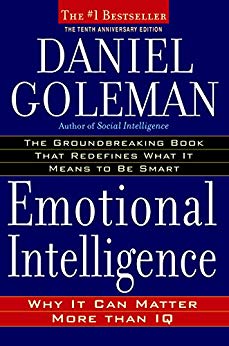

This article is an excerpt from the Shortform summary of "Emotional Intelligence" by Daniel Goleman. Shortform has the world's best summaries of books you should be reading.
Like this article? Sign up for a free trial here .
What is the emotional brain? How does it differ from your rational brain, and your automatic brain?
We essentially have two minds: a thinking one and a feeling one.
Our thinking mind is our rational mind, and for us modern humans this is the one we’re usually more aware of: we can observe our thoughts, reflect on our choices, and we can be aware of our thinking.
Our emotional brain, however, starts off more powerful than our rational brain. It’s impulsive and strong, and sometimes irrational. It’s also been neglected by research and exploration up until the recent past, so we know far less about it.
The emotional brain is:
- Associative. The emotional brain triggers memories based on symbolic elements instead of literal elements. This means objective realities make little difference to the emotional brain: what matters is how the emotional brain perceives things. This is also why humans make and appreciate art.
- Categorical. The emotional brain looks at the world with a black and white mentality and has a perception bias around oneself. It’s also self-confirming, highlighting facts and memories that support its beliefs and disregarding ones that don’t.
- Absolutist. The rational brain can have its opinion changed, but the emotional brain takes its current beliefs to be absolutely true.
- Individual. For each person, each emotional brain has its own pattern of thoughts, reactions, and memories. Not everyone feels sad about the same things, and people who feel sad about the same things experience it in different ways: if two people both had rough childhoods, they experience different emotions depending on what the stressors were.
The Science Behind Emotions
The development of the human brain evolutionarily shows the relationship between our emotional mind and our rational mind.
The human brain essentially evolved from the bottom up. We share the primitive part of our brain–the brainstem–with all species who have more than a simple nervous system, and this part of the brain controls our basic and necessary functions: breathing, preprogrammed reactions and movements such as shrinking from pain, and the metabolism of our organs.
From the brainstem emerged the emotional center, our limbic system, which refined two important skills: the ability to learn and the ability to remember. This allowed humans to make consciously relate to our environment and make smarter choices for survival.
From the emotional center emerged the rational brain, our neocortex. This part of the human brain is three times as large as the neocortex of our evolutionary relatives, primates. The neocortex also contributes to a more complex emotional life: it’s the reason we can have feelings about our feelings.
———End of Preview———

Like what you just read? Read the rest of the world's best summary of Daniel Coleman's "Emotional Intelligence: Why It Can Matter More than IQ" at Shortform . Learn the book's critical concepts in 20 minutes or less .
Here's what you'll find in our full Emotional Intelligence summary :
- What are emotions? Why do we have them?
- What is emotional intelligence? Why is it important?
- How do you manage your own emotions? Anger, anxiety, and sadness?
- How can you approach your relationships with more emotional intelligence?
- How can you teach your children emotional intelligence?
- How can emotional intelligence boost your career?






